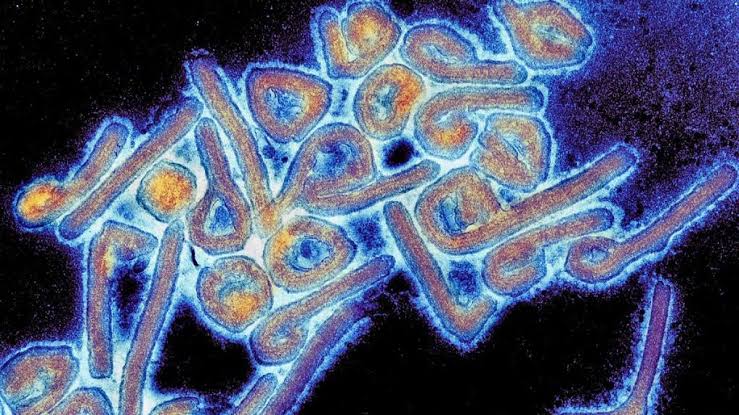After more than 20 cases of Marburg virus disease have been confirmed and several deaths reported, Rwandan health authorities are stepping up outbreak control efforts.
Cases of the virus have been confirmed in several of the country’s districts. Some are in isolation receiving treatment, while dozens who came into contact with the reported cases have been identified. They’re being monitored, as authorities attempt to uncover the root of the infection.
The World Health Organisation is doing all it can to help the country, and plans to send medical supplies to Kigali from Kenya in the coming days.
“With the country’s already robust public health emergency response system, WHO is collaborating closely with the national authorities to provide the needed support to further enhance the ongoing efforts,” said Dr Matshidiso Moeti, WHO Regional Director for Africa.
The organisation is also organising efforts to ramp up cross border measures in order to prevent the spread of the disease.
Belonging to the same family as the virus that causes Ebola virus disease, Marburg virus disease causes haemorrhagic fever and has a high fatality rate of up to 88%. It is passed to humans from fruit bats and spreads between people through direct contact with the bodily fluids of those infected.
What You Should Know
Marburg virus disease is a highly virulent disease that causes haemorrhagic fever, with a fatality ratio of up to 88%. It is in the same family as the virus that causes Ebola virus disease. Two large outbreaks that occurred simultaneously in Marburg and Frankfurt in Germany, and in Belgrade, Serbia, in 1967, led to the initial recognition of the disease.
Human infection with Marburg virus disease initially results from prolonged exposure to mines or caves inhabited by Rousettus bat colonies. Once an individual is infected with the virus, Marburg can spread through human-to-human transmission via direct contact (through broken skin or mucous membranes) with the blood, secretions, organs or other bodily fluids of infected people, and with surfaces and materials (e.g. bedding, clothing) contaminated with these fluids.

